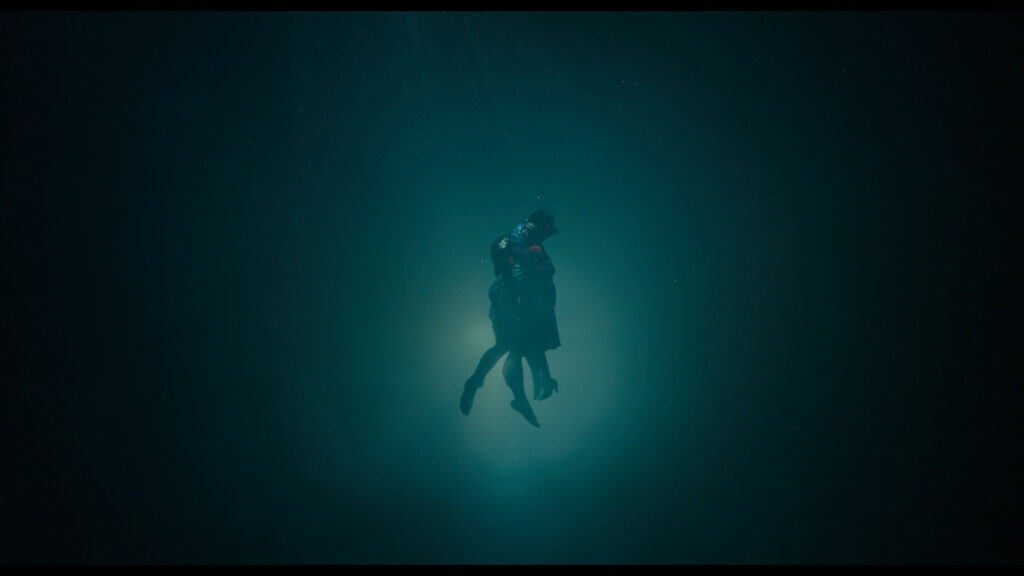The Shape of Water (2017) – Guillermo del Toro
A mute janitor, tenderly touching the glass that separates her from the Amphibian Man in a dimly lit laboratory setting.
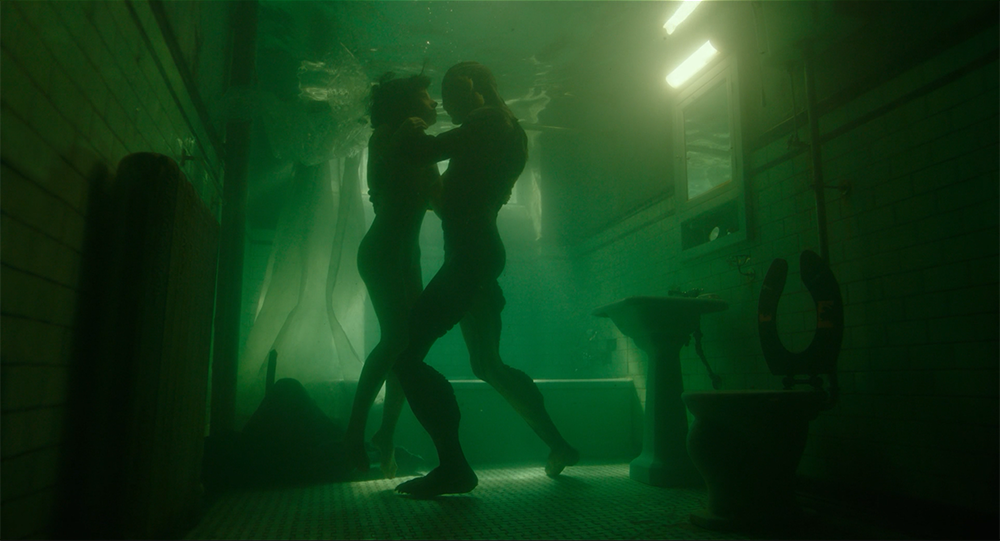
The film The Shape of Water (2017), directed by Guillermo del Toro, is a modern fairy tale blending elements of fantasy, romance, and drama. Set during the Cold War in the 1960s, the movie tells the unconventional love story between a mute woman and an amphibious creature. Winner of the Academy Award for Best Picture, The Shape of Water captivated audiences worldwide with its unique aesthetic and profound themes.
Plot and Main Characters
The story follows Elisa Esposito, a mute woman working as a cleaner in a secret government laboratory. Elisa, portrayed by Sally Hawkins, lives a lonely and monotonous life until she discovers the existence of an amphibious creature captured and held in the lab. The creature, played by Doug Jones, is subject to scientific experiments, but Elisa develops a deep bond with him, grounded in mutual understanding and affection.
Historical Context and Setting
The Shape of Water is set during the Cold War, a period of political tension and fear between the United States and the Soviet Union. Del Toro uses this setting to explore themes like alienation, diversity, and the fear of the unknown. The laboratory where the creature is held represents a society that seeks to control and destroy what it doesn’t understand, highlighting the sweetness and vulnerability of Elisa and the creature’s relationship.
Main Themes: Love, Diversity, and Humanity
One of the most important themes in The Shape of Water is love that transcends differences. The love between Elisa and the creature symbolises a union between two marginalised individuals who find comfort and acceptance in each other. The film also explores diversity and empathy, showing how Elisa and the creature share a unique bond based on nonverbal communication and mutual understanding.
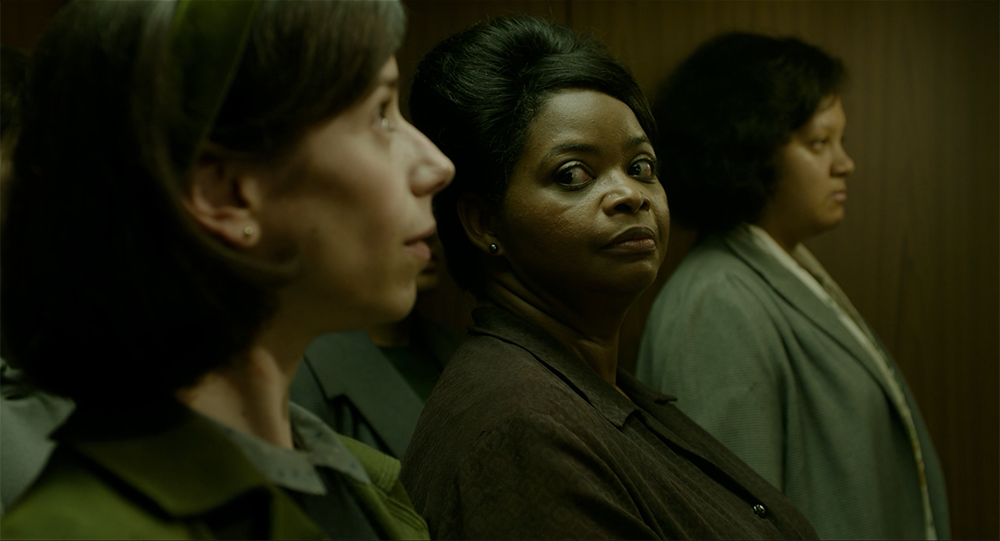
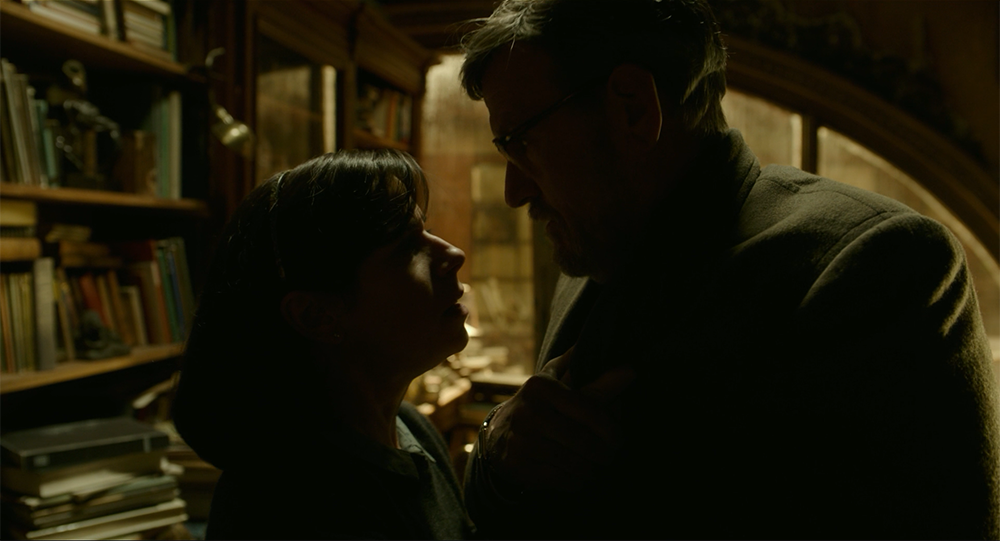
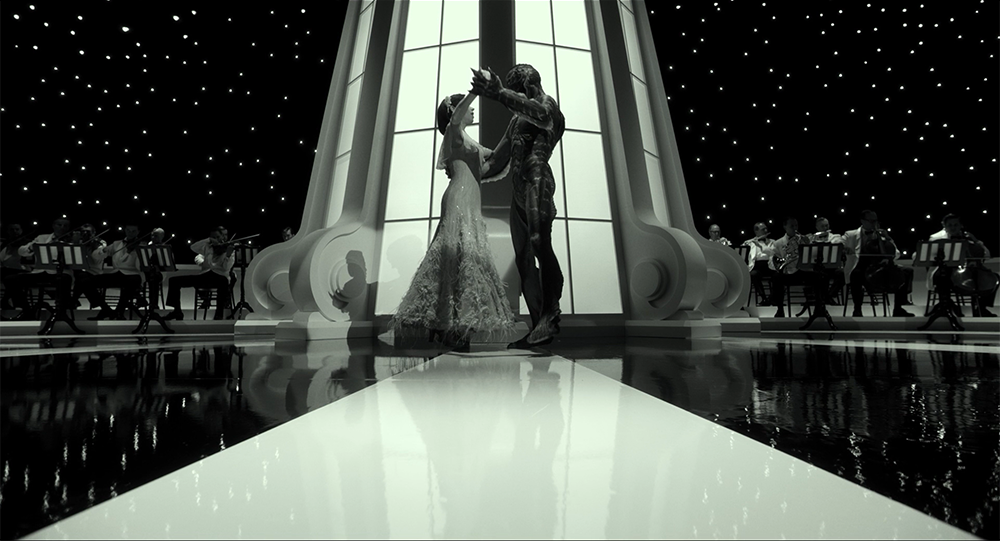


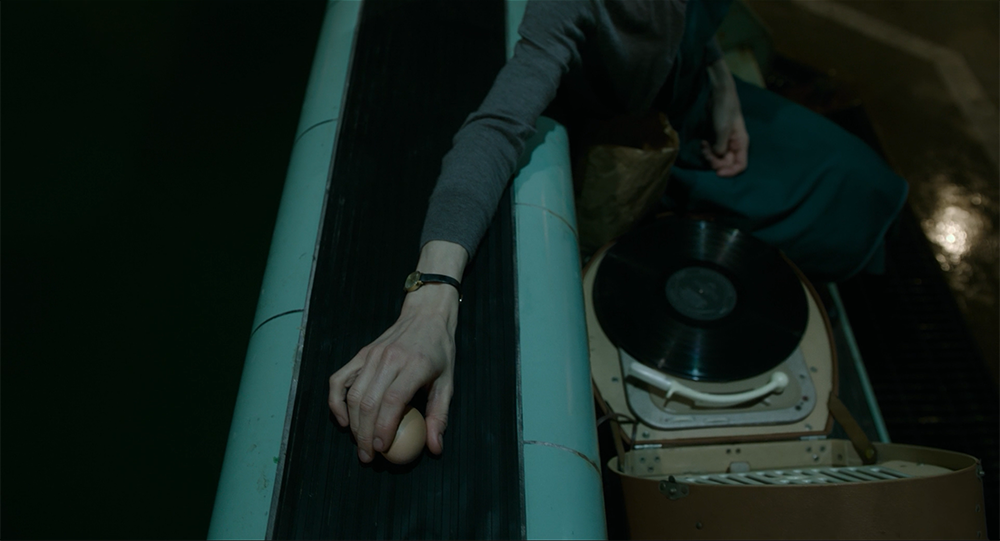
Visual Style and Cinematography
Del Toro’s film is visually stunning, with a distinctive color palette dominated by shades of green and blue, which evoke a sense of mystery and magic. Cinematographer Dan Laustsen captures the underwater scenes beautifully, creating a dreamlike atmosphere that enhances the otherworldly romance. Each shot in The Shape of Water feels like a painting, adding depth and emotion to the story.
Symbolism and Metaphors
The creature symbolizes the unknown and misunderstood aspects of humanity, and Elisa’s connection with it represents the need for acceptance and understanding. The amphibian creature serves as a metaphor for otherness, challenging societal norms and expectations. The film invites viewers to reflect on prejudice and empathy in an engaging, fantastical way.
Supporting Characters and Their Roles
The supporting characters in The Shape of Water play essential roles in highlighting the film’s central themes. Richard Strickland, portrayed by Michael Shannon, is the antagonist who embodies cruelty and intolerance, contrasting sharply with Elisa’s compassion. Meanwhile, Giles, Elisa’s neighbor, and Zelda, her co-worker, represent friendship and loyalty, reinforcing the importance of solidarity among marginalized individuals.
Impact of Sound and Music
Though Elisa is mute, the film uses sound and music to communicate her emotions powerfully. Alexandre Desplat’s score complements the romance and mystery in the story, with its delicate, melodic tunes evoking a sense of wonder and love. The music plays a crucial role in the storytelling, helping convey feelings that transcend words.

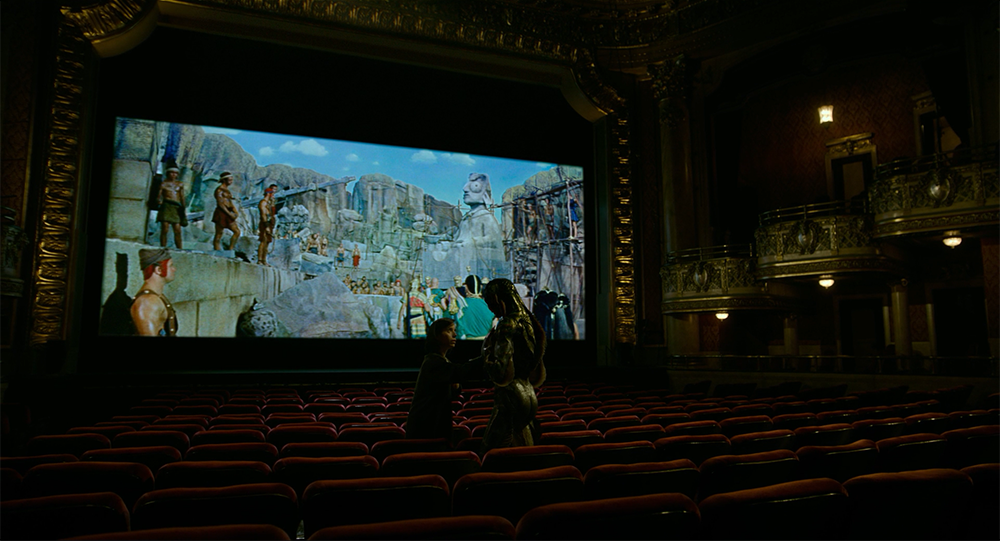
Reception and Awards
The Shape of Water received critical acclaim and won numerous awards, including four Academy Awards for Best Picture, Best Director, Best Production Design, and Best Original Score. The film’s success solidified Guillermo del Toro’s reputation as a visionary director capable of blending genres and creating unforgettable cinematic experiences.
Audience Impact and Legacy
The film’s profound exploration of love and acceptance resonated deeply with audiences, making it a timeless story that celebrates the beauty of human connections. The Shape of Water has inspired discussions about social issues, such as inclusivity and acceptance of diversity, ensuring its legacy as a film that touches hearts and minds alike.
Conclusion
The Shape of Water (2017) is a beautiful and moving film that transcends conventional storytelling. With its unique mix of fantasy, romance, and social commentary, del Toro’s masterpiece reminds us of the power of love and empathy. The film’s aesthetic, storytelling, and thematic depth make it a timeless piece of cinema, touching the hearts of audiences and critics alike.
